The objective of the study was to analyze the physical and physiological elements of the padel amateur thus making it possible to design precise training programs in order to improve their performances.
From the results found, we can say that the padel is a high intensity intermittent sport alternating periods (very short and intense) of exertion and periods of recovery. As in tennis, the maximum time allowed between two points is 20 seconds, 90 seconds between changes of sides and 120 seconds allowed at the end of each set. According to the study carried out by Sañudo et al. (2008), we could see that the real playing time in a game of padel, that is, the time the player is in action, is on average 71 seconds, for a break time of 73 seconds. This has been measured in players of national competition. In our amateur players, we can expect a relatively higher playing time as it has been shown in other racket sports such as tennis that a higher level leads to shorter points (J. Fernandez et al. , 2006).
Still according to the study by Sañudo et al., It was shown that the average number of points in a game is 7,72 ± 0.46 points. We can therefore deduce that the real playing time per point is approximately 10 seconds. However, we have seen that the time allowed between each point cannot exceed 20 seconds. We are therefore on an active time / recovery time ratio of approximately 10 seconds / 20 seconds. It will therefore be very interesting in our training to work with fractionated 10 times 10s / 10s in order to improve the anaerobic qualities essential to padel.
The analysis of a match shows that even if the very short and intensive movements, the multiple changes of directions and the little time available to move use anaerobic qualities, the repetition of these efforts over time with incomplete recoveries require great aerobic qualities.
Indeed, even if more than 6% of the heart rates recorded during a match are located at more than 90% of the maximum heart rate, this is explained by the multiple sprints at high intensity over a distance of 3 to 9 meters on average as well as the numerous changes of direction, the average heart rate recorded by our study on our 10 players of padel is 139 beats per minute ± 9,68. In the same way, we could see that more than 90% of the playing time is spent at less than 6km / h by the players during a match. The time spent at high speed (> 15km / h) represents only 0,01% of the total playing time.
This highlights the predominantly aerobic character, although interspersed with explosive anaerobic actions. It will therefore be essential in our physical preparation to work on aerobic endurance.
In order to reinforce this idea, it would have been interesting to be able to calculate the V02max during a match of padel.
Short and intense actions call on qualities of muscular power which is also a major determinant of performance on the go. padel. Indeed, the repetition of the different strokes of the racket requires a certain muscular power. According to the study by Carrasco et al. (2010), the smash, which is a shot that requires a lot of power, sheathing, coordination and balance, still accounts for 12,45% of all shots played during a match. Ditto for the volley at the net which represents more than 40% of the shots played and which requires power, sheathing, balance and agility. This notion of agility is also taken into account in view of the multiplicity of forms of movement and of the different strokes used by the player of padel.
Physical preparation must therefore take into account both the quantitative aspect of short and intense actions (emphasizing the importance of aerobic and anaerobic qualities) but also the qualitative aspect of each action (emphasizing the importance of muscle power, balance, speed of reaction and agility) and thus be as complete as possible.
The physical qualities essential to padel which will guide physical preparation are:
- Aerobic endurance
- Anaerobic qualities
- Muscle power
- Reaction speed, agility and coordination
- Strength endurance (sheathing, stabilization, balance)
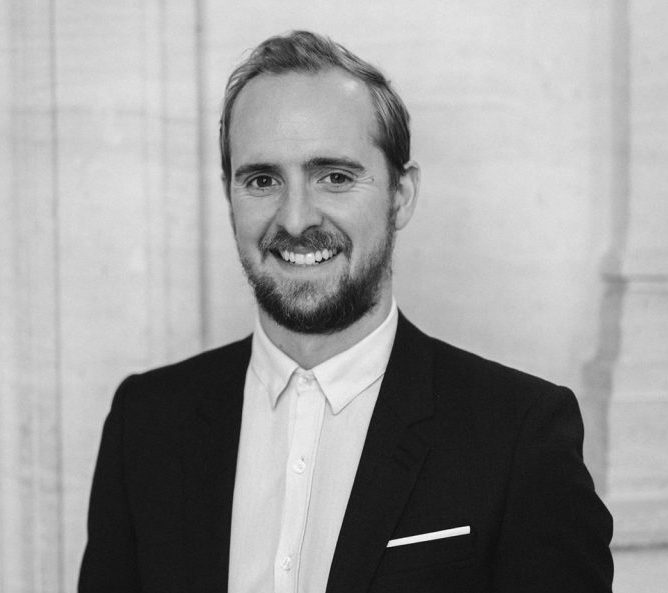
Matthieu Lebourgeois is a sports physiotherapist and physical trainer. He takes care of players of padel lover of re-athletic rehabilitation and practices padel regularly at leisure on padel. Matthieu fully intends to test himself in competition and show his talent!




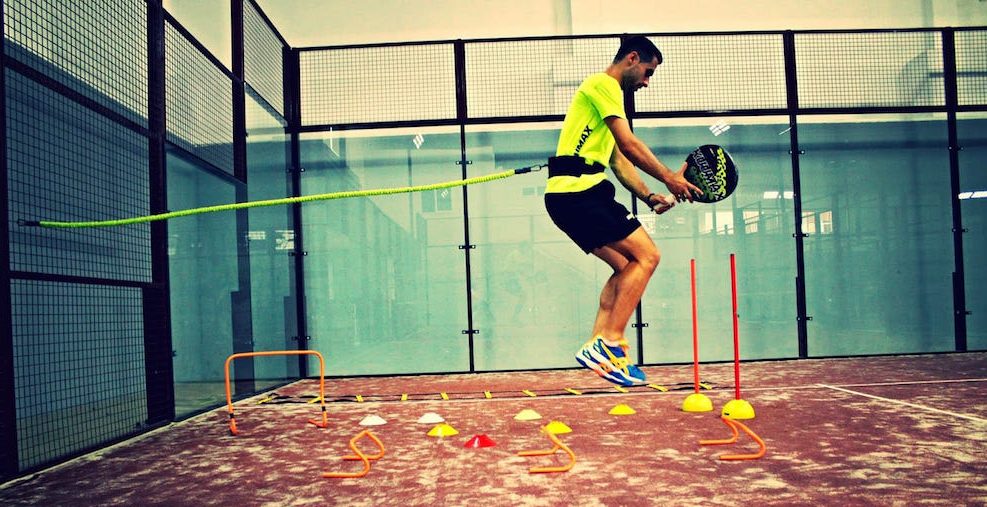











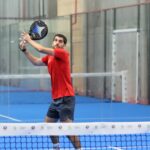
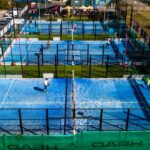
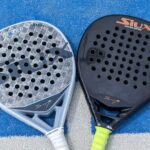






















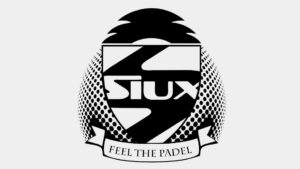


























































 At the heart of padel – Episode 24: Paul Daulan shares the evolution of his bandeja
At the heart of padel – Episode 24: Paul Daulan shares the evolution of his bandeja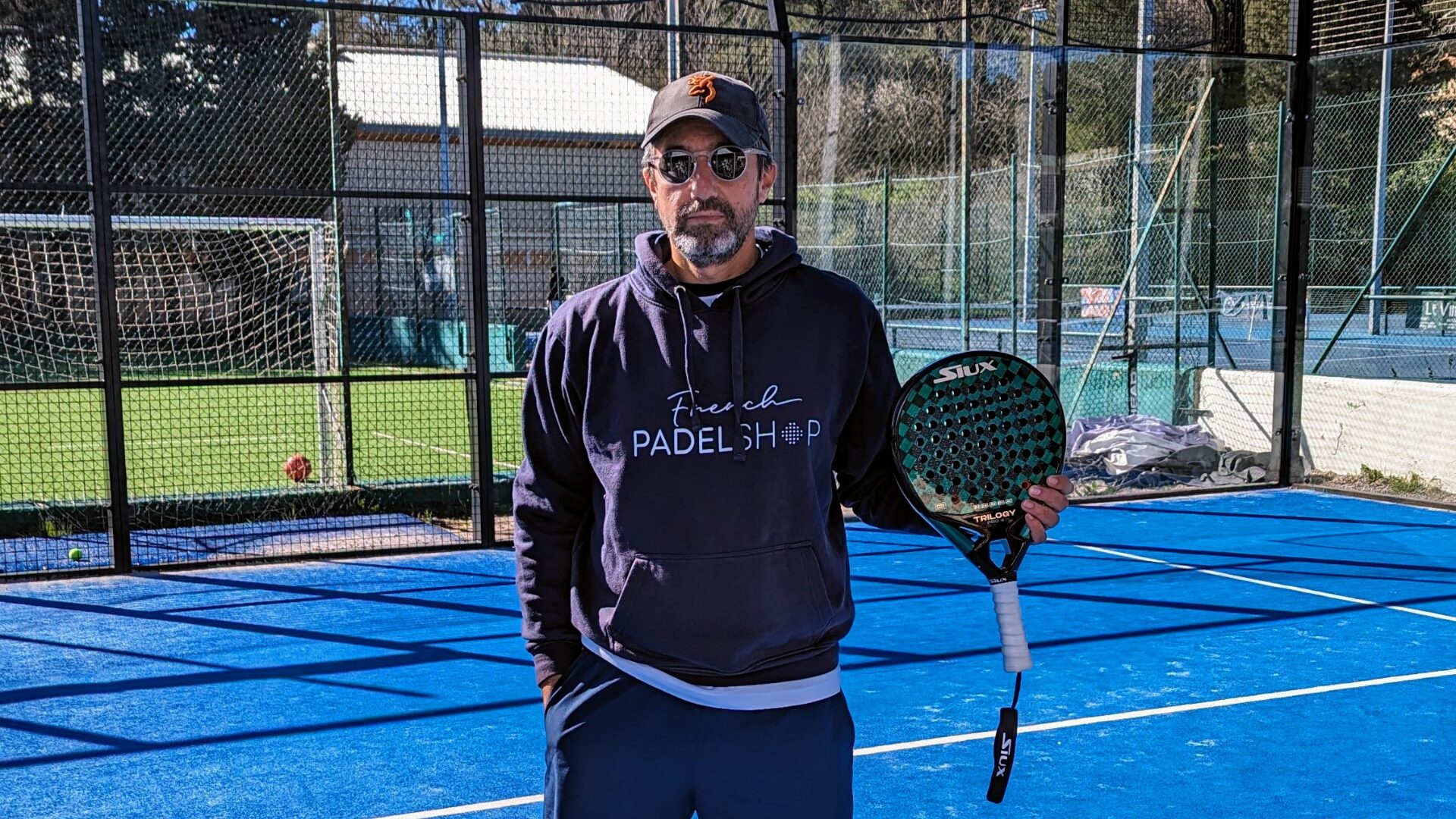 Stéphane Penso tackles the news Siux Trilogy Pro 4!
Stéphane Penso tackles the news Siux Trilogy Pro 4! World Seniors Plus 2024 Open (M): the French start very strong
World Seniors Plus 2024 Open (M): the French start very strong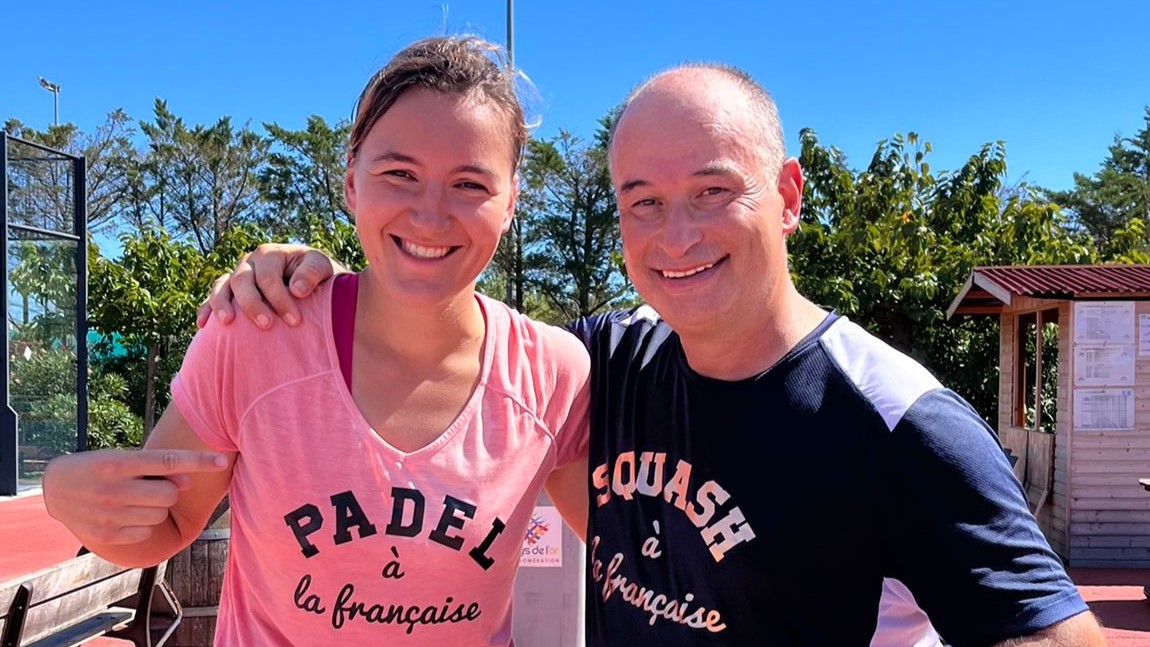 Benoît Letourneau (GM Squash & Padel): “Have a hundred young people in multi-snowshoes within three years”
Benoît Letourneau (GM Squash & Padel): “Have a hundred young people in multi-snowshoes within three years”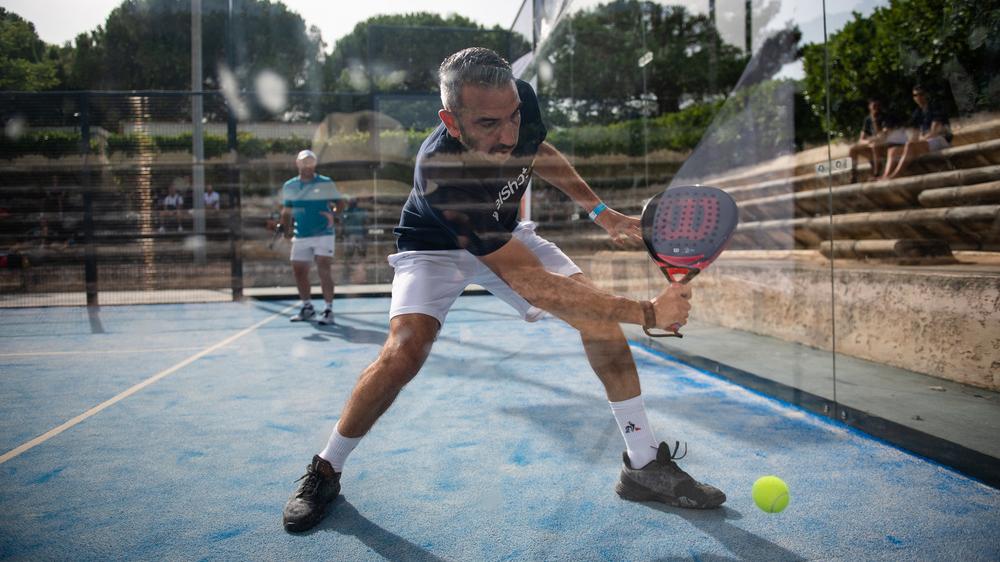 World Senior Plus – Simon Boissé: “Be in the first five places”
World Senior Plus – Simon Boissé: “Be in the first five places”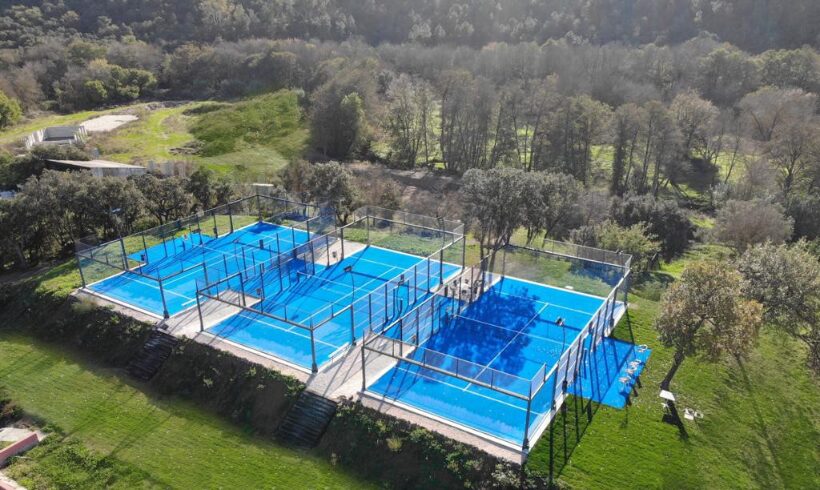 Kevin Fouquet: “We plan to add 5 new tracks soon”
Kevin Fouquet: “We plan to add 5 new tracks soon”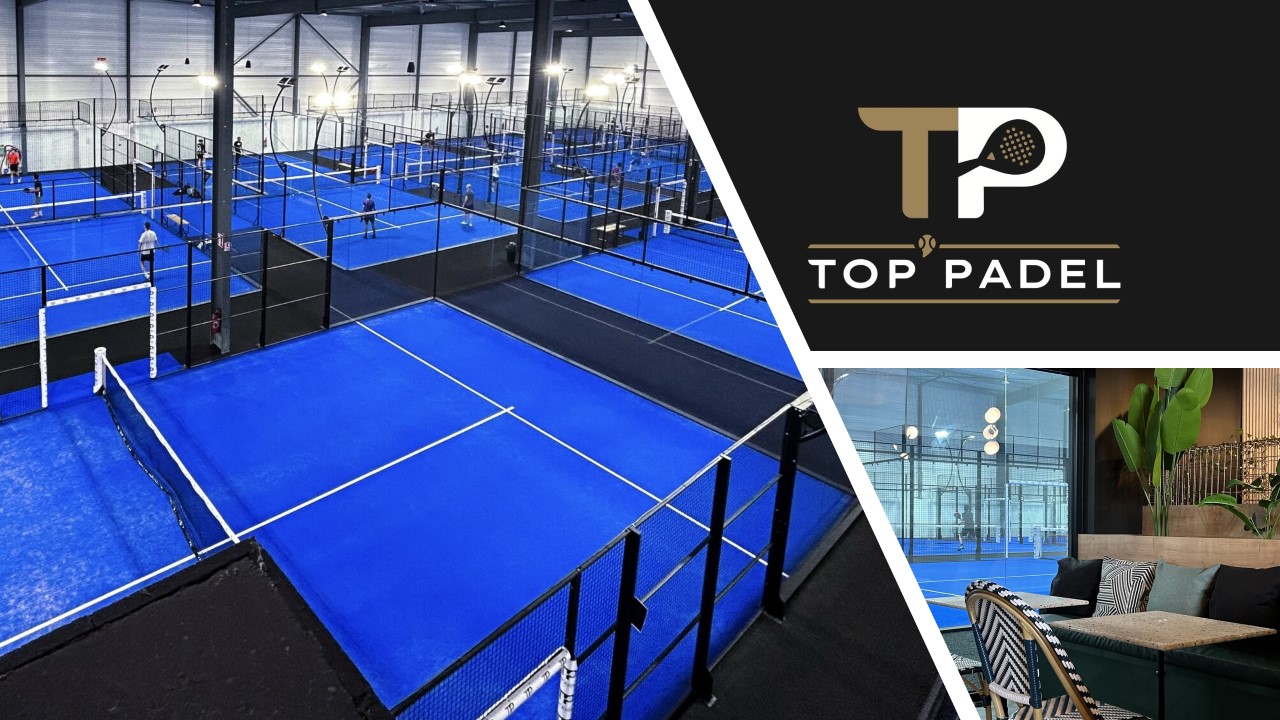 TOP Padel : “A premium club with 10 slopes in Toulouse”
TOP Padel : “A premium club with 10 slopes in Toulouse”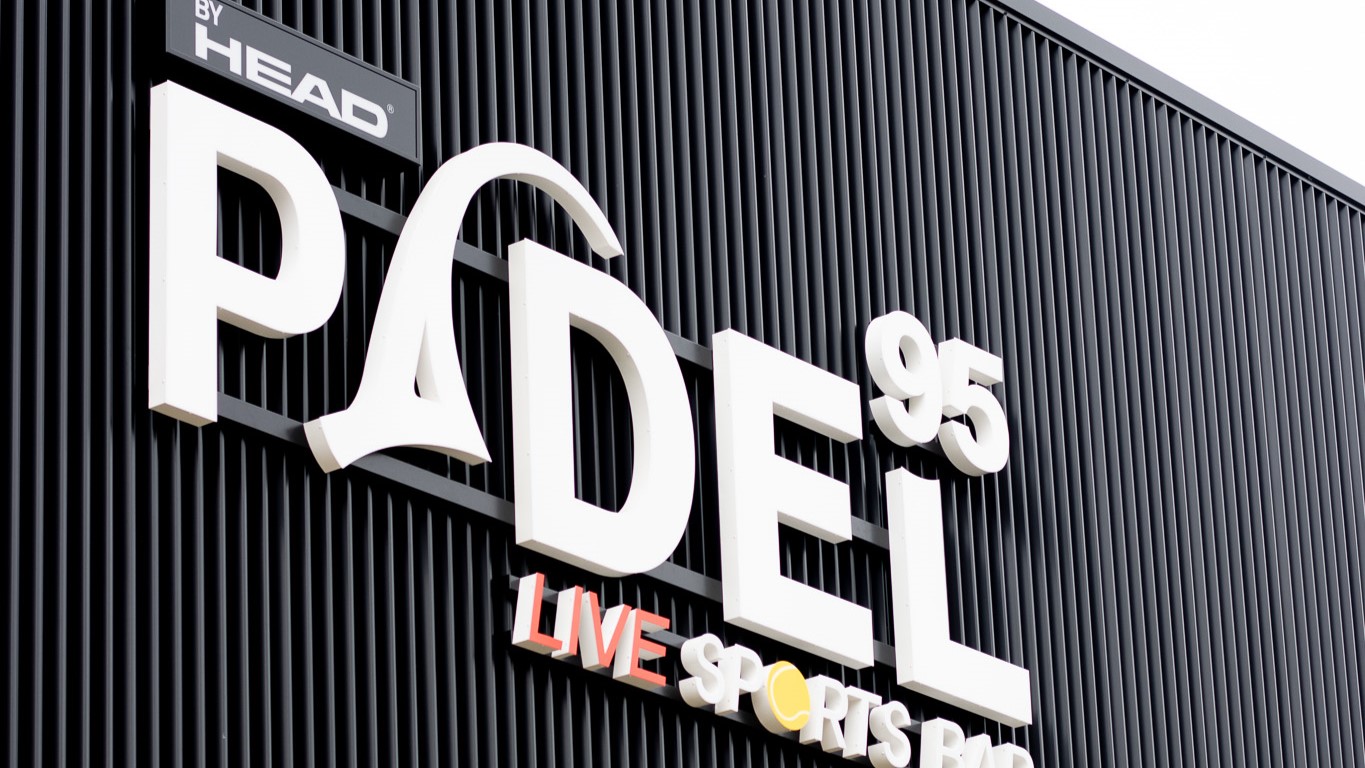 Padel 95: a brand new complex in Pontoise!
Padel 95: a brand new complex in Pontoise!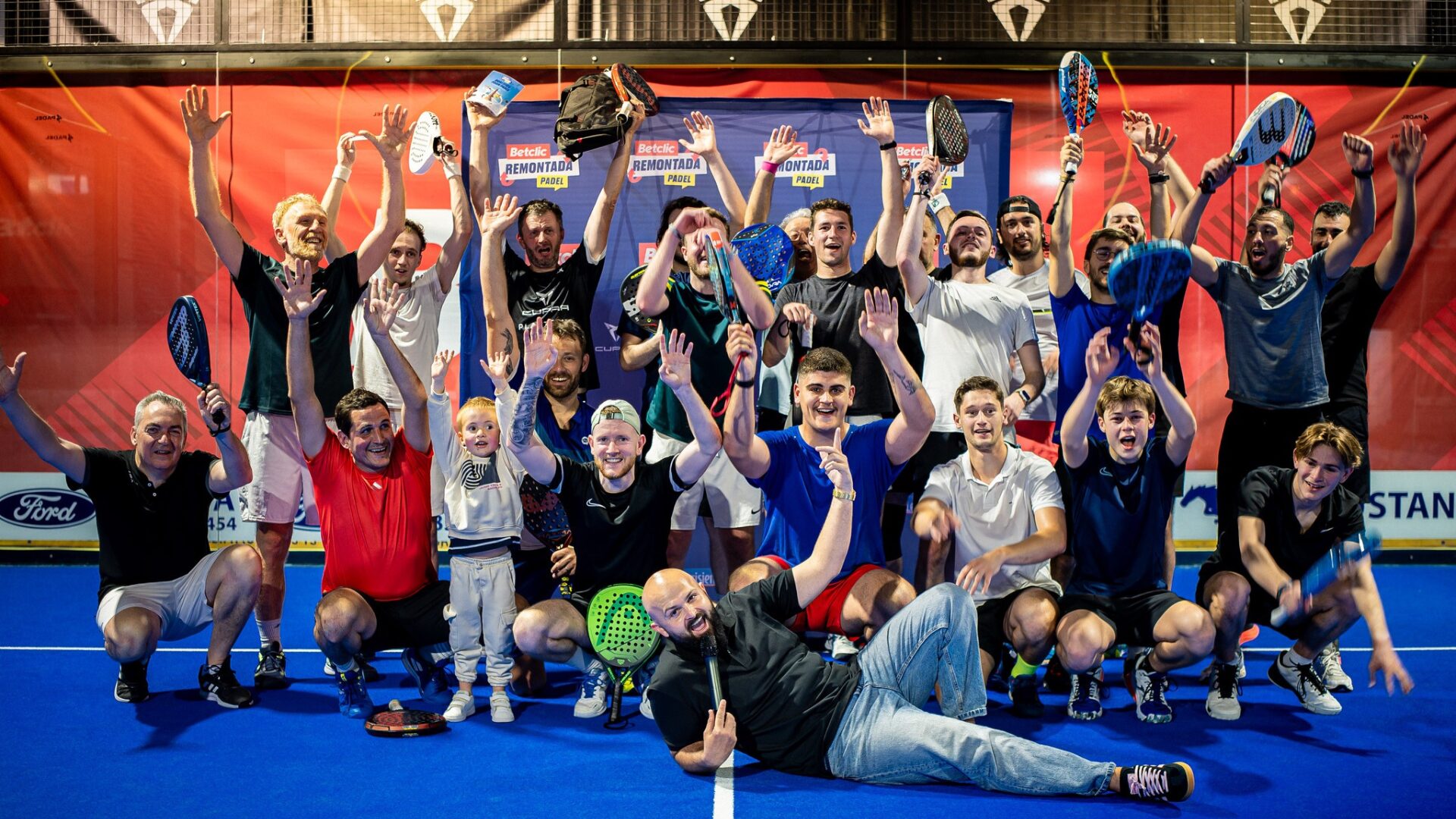 Streamer Domingo launches a challenge to the Betclic Remontada Padel
Streamer Domingo launches a challenge to the Betclic Remontada Padel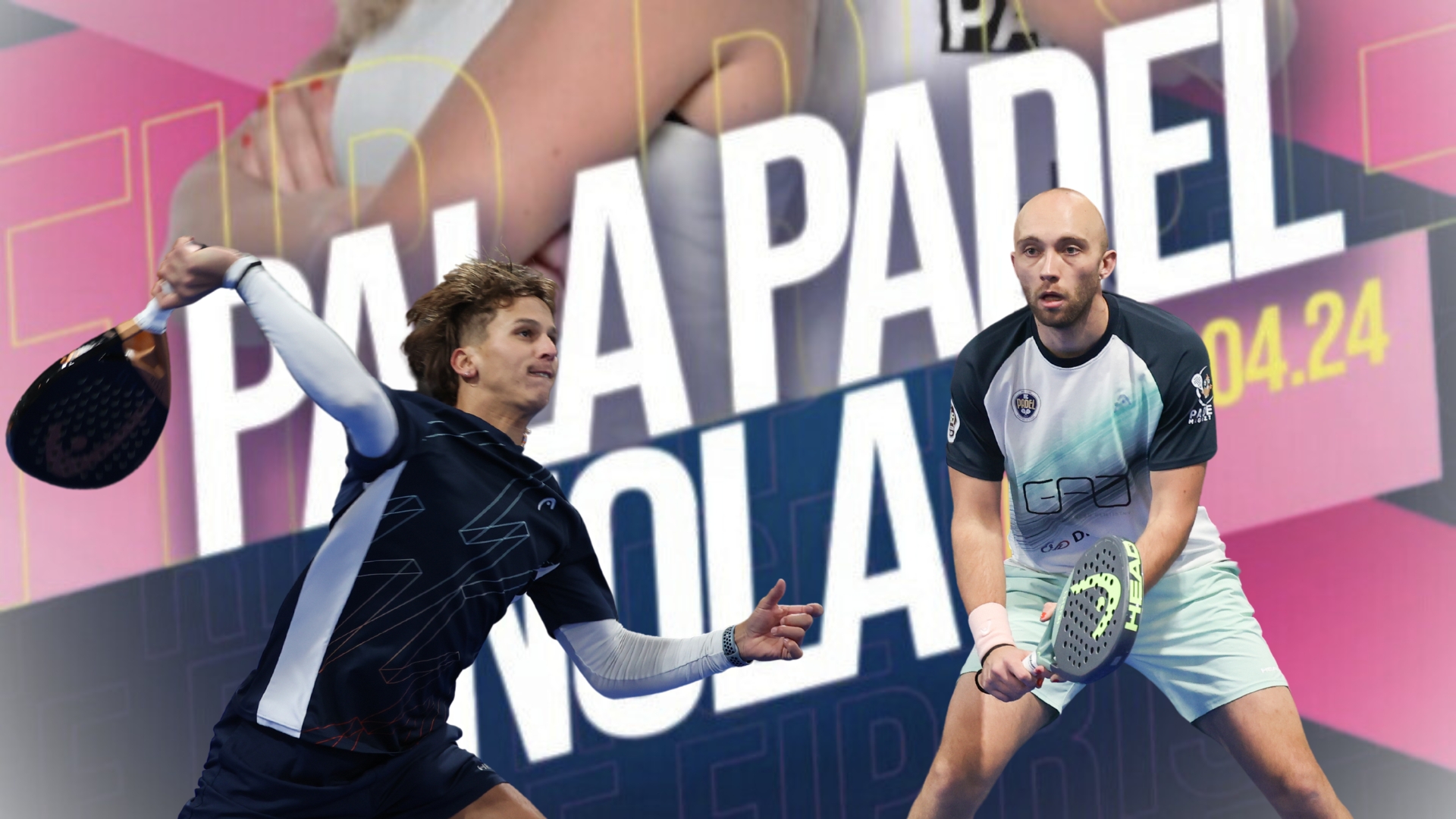 FIP Rise Nola – Joris / Vanbauce unstoppable and takes the TS6: Di Giovanni / Cremona
FIP Rise Nola – Joris / Vanbauce unstoppable and takes the TS6: Di Giovanni / Cremona Lorena Rufo teams up with Bea Caldera
Lorena Rufo teams up with Bea Caldera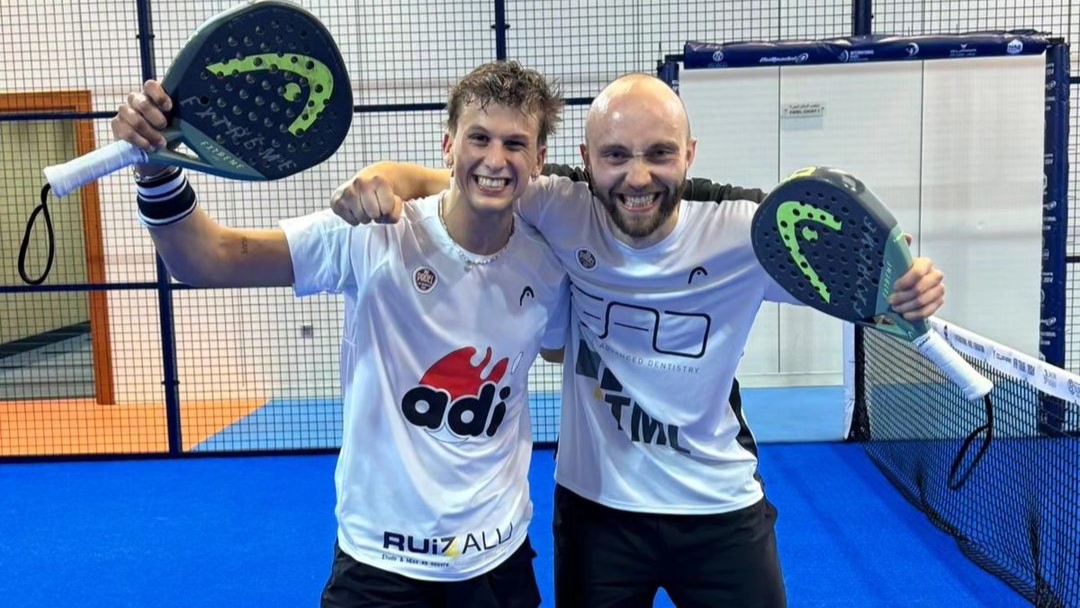 The big progress of Thomas Vanbauce
The big progress of Thomas Vanbauce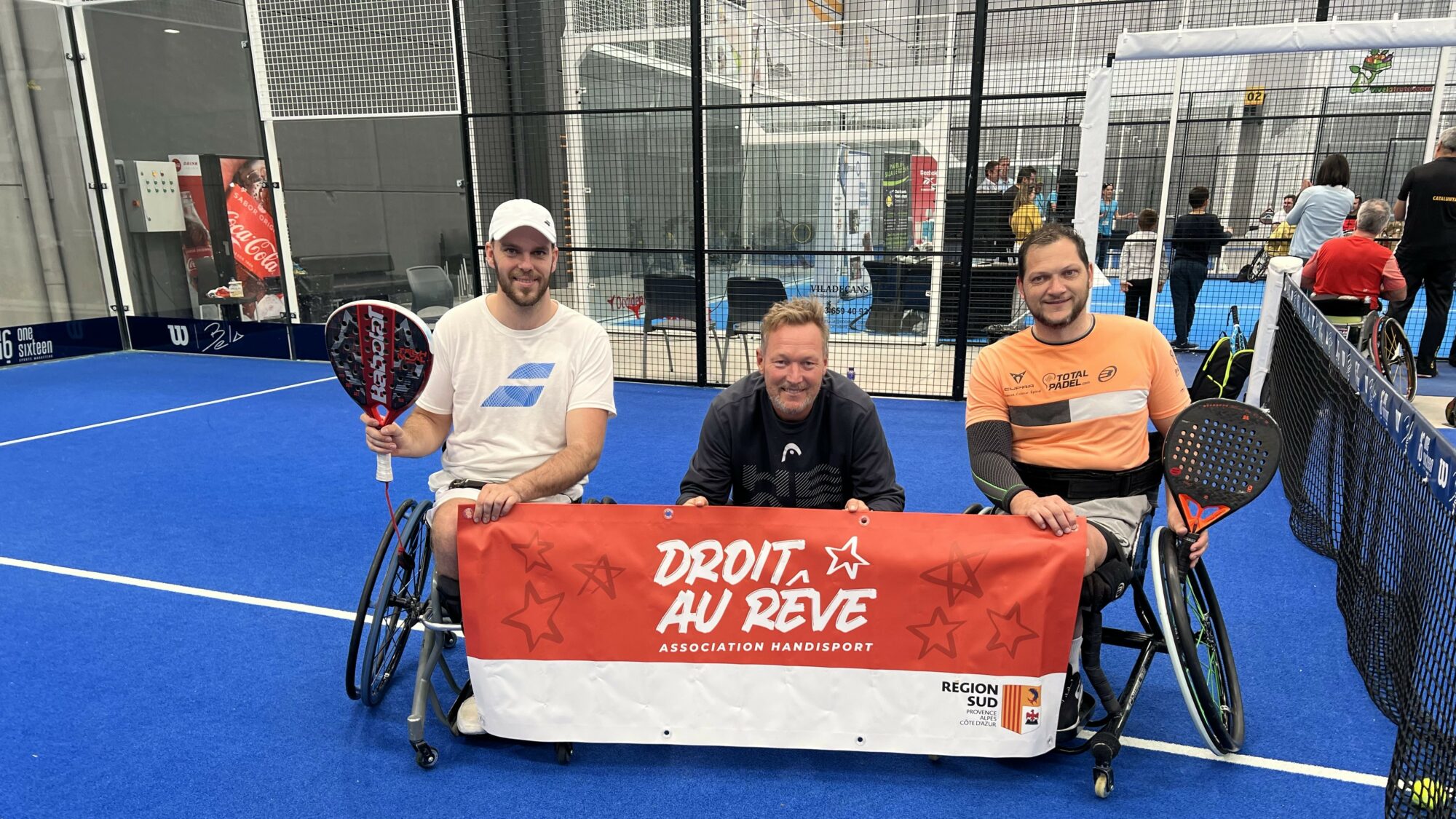 Dorian Navarro and Sébastien Husser-Walther deliver an exceptional performance in Barcelona
Dorian Navarro and Sébastien Husser-Walther deliver an exceptional performance in Barcelona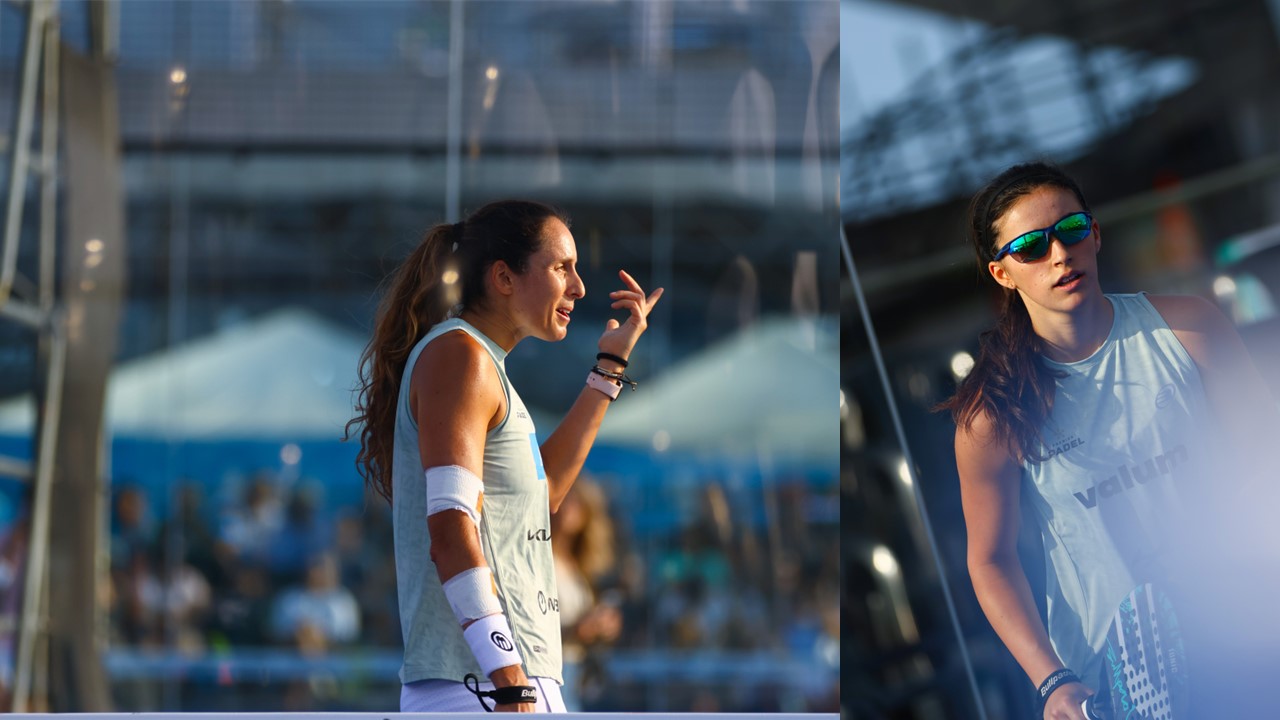 Gemma Triay: “I want to help my partner open up”
Gemma Triay: “I want to help my partner open up” Play at padel on his yacht? Possible for €233.000!
Play at padel on his yacht? Possible for €233.000!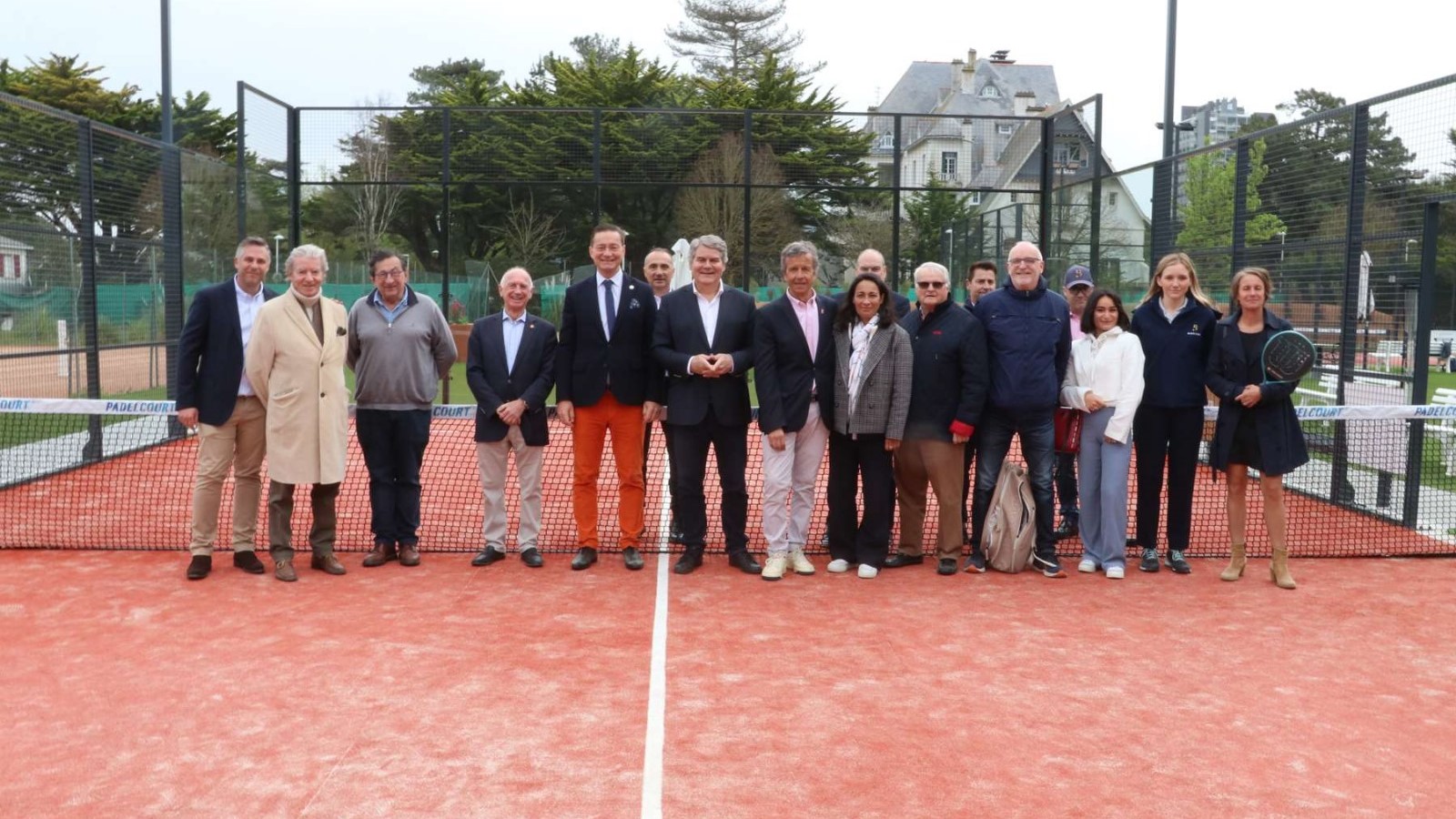 The padel of the Barrière Country Club are born in La Baule
The padel of the Barrière Country Club are born in La Baule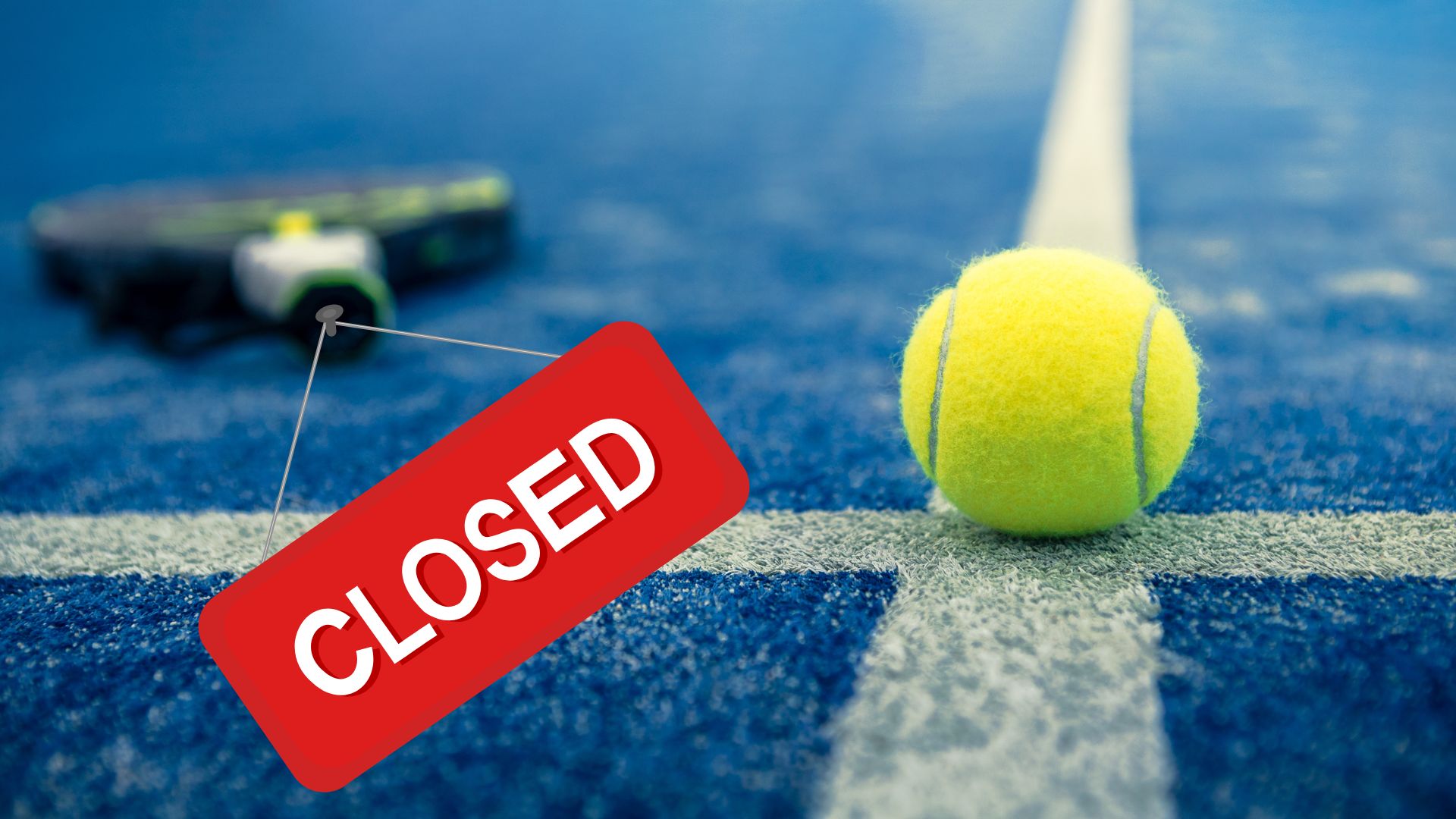 Why clubs padel do they close?
Why clubs padel do they close?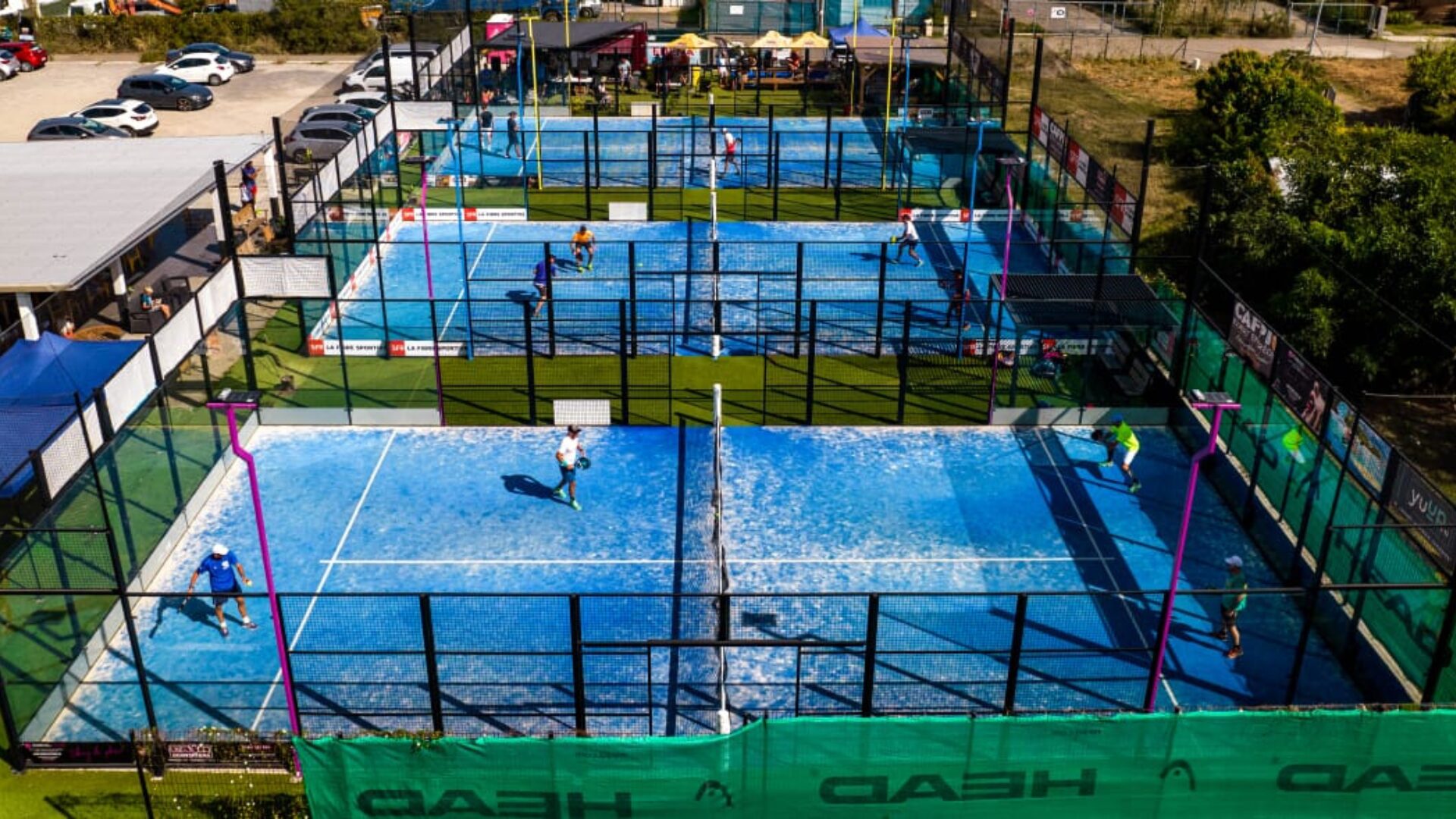 Why choose a track padel new?
Why choose a track padel new?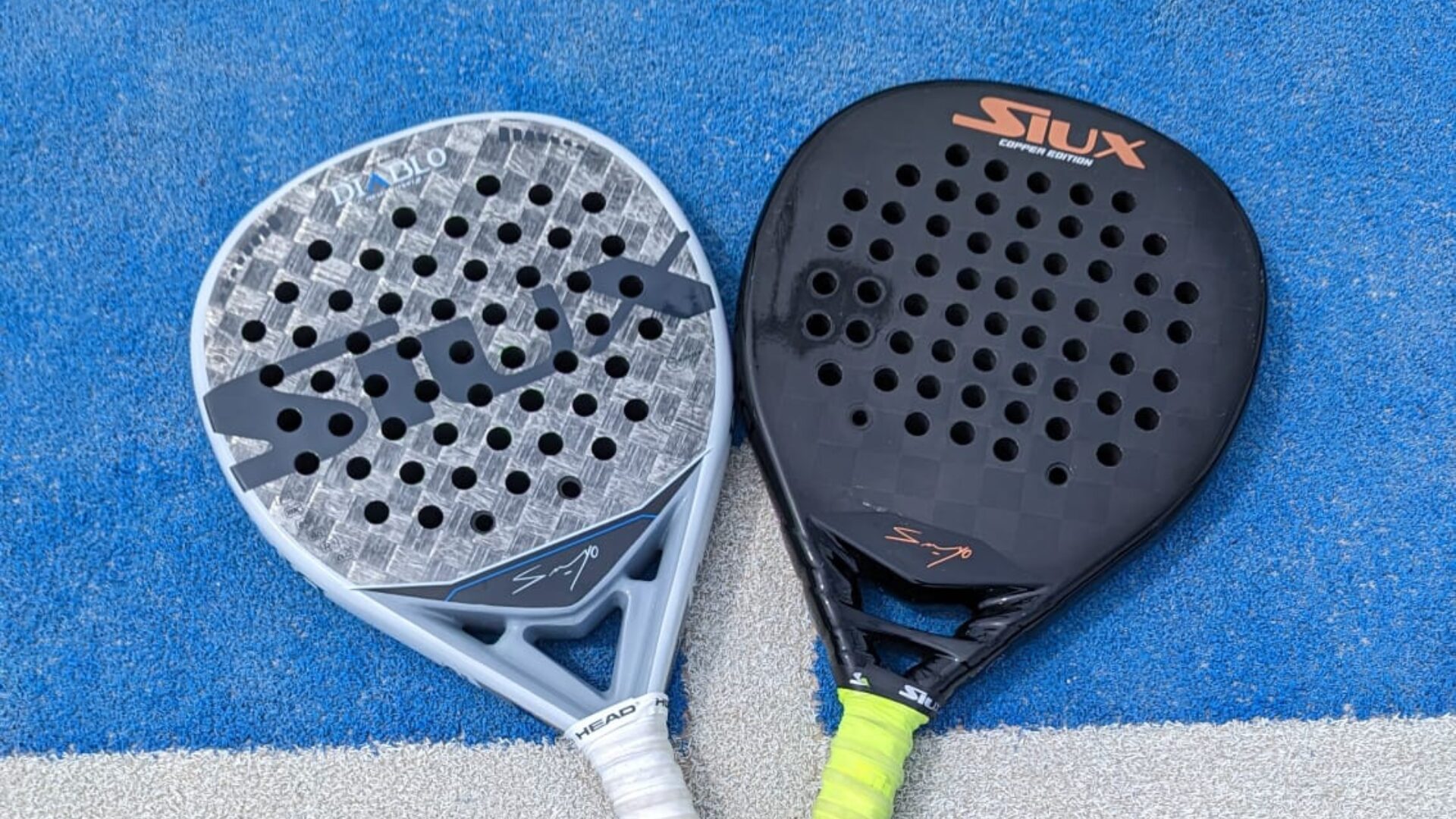 Do you know snowshoes? padel hybrids?
Do you know snowshoes? padel hybrids? La padel to fight Parkinson's disease
La padel to fight Parkinson's disease At the heart of padel – Episode 23: defend the window well
At the heart of padel – Episode 23: defend the window well Prohibition on playing topless Padel : the reasons
Prohibition on playing topless Padel : the reasons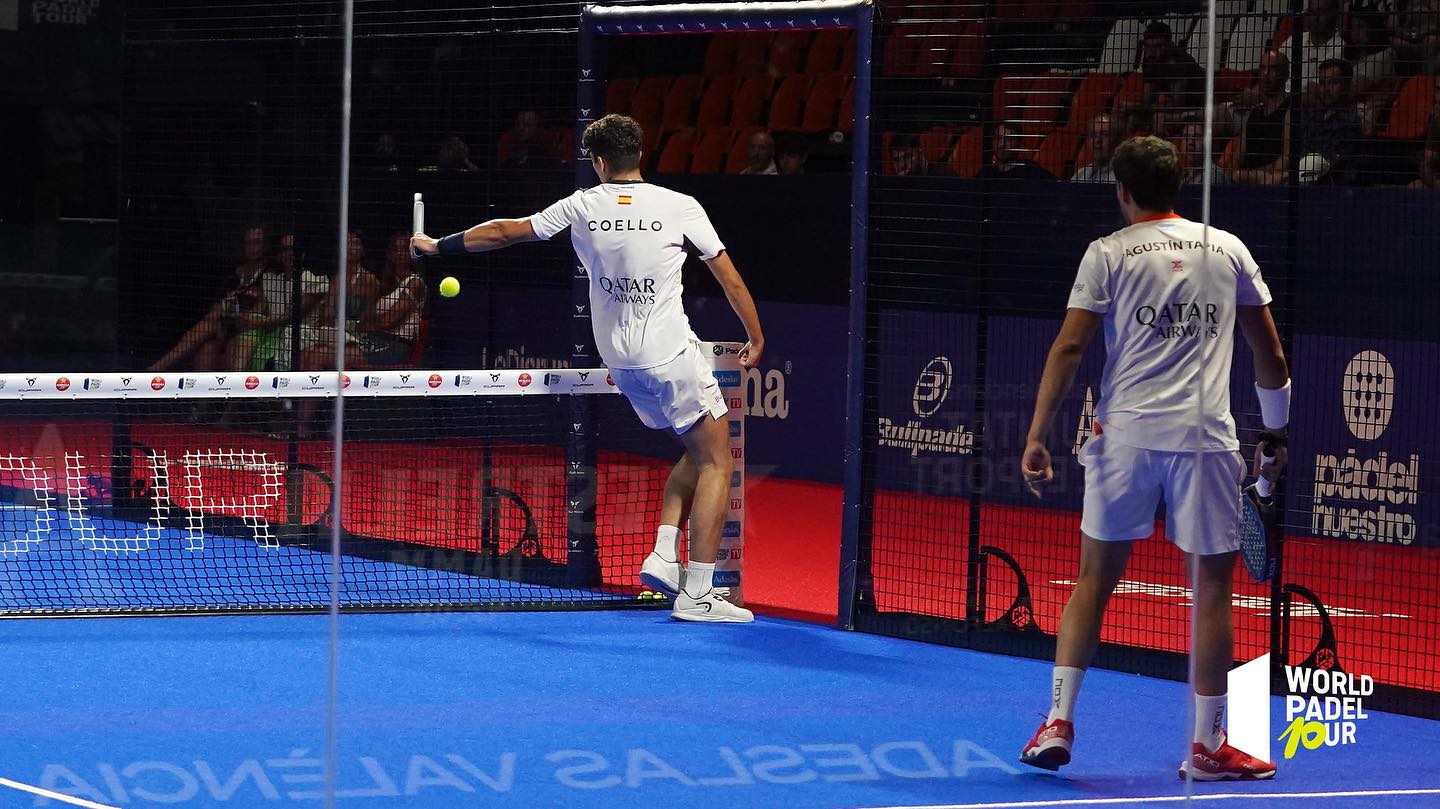 What is the difference between a dormilona, a dejada and a cushioned puerta?
What is the difference between a dormilona, a dejada and a cushioned puerta? FIP Tour – Going far from Europe, THE strategy to earn points!
FIP Tour – Going far from Europe, THE strategy to earn points! What is a good football player? padel ?
What is a good football player? padel ? “Lefties give me headaches when I play against them!”
“Lefties give me headaches when I play against them!” At the heart of padel – Episode 14: how to earn points in winter?
At the heart of padel – Episode 14: how to earn points in winter?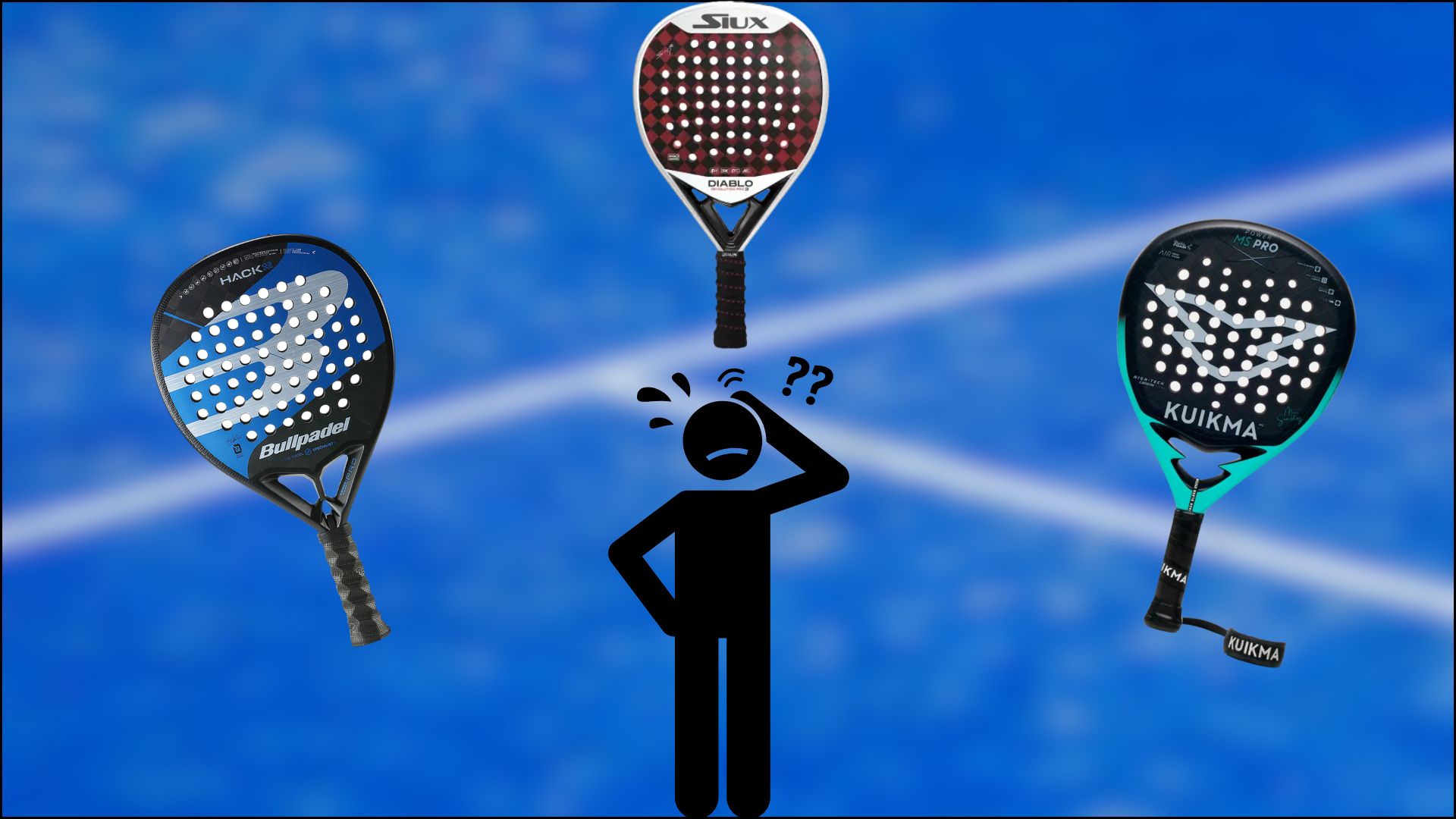 Choose your racquet padel in 3 steps
Choose your racquet padel in 3 steps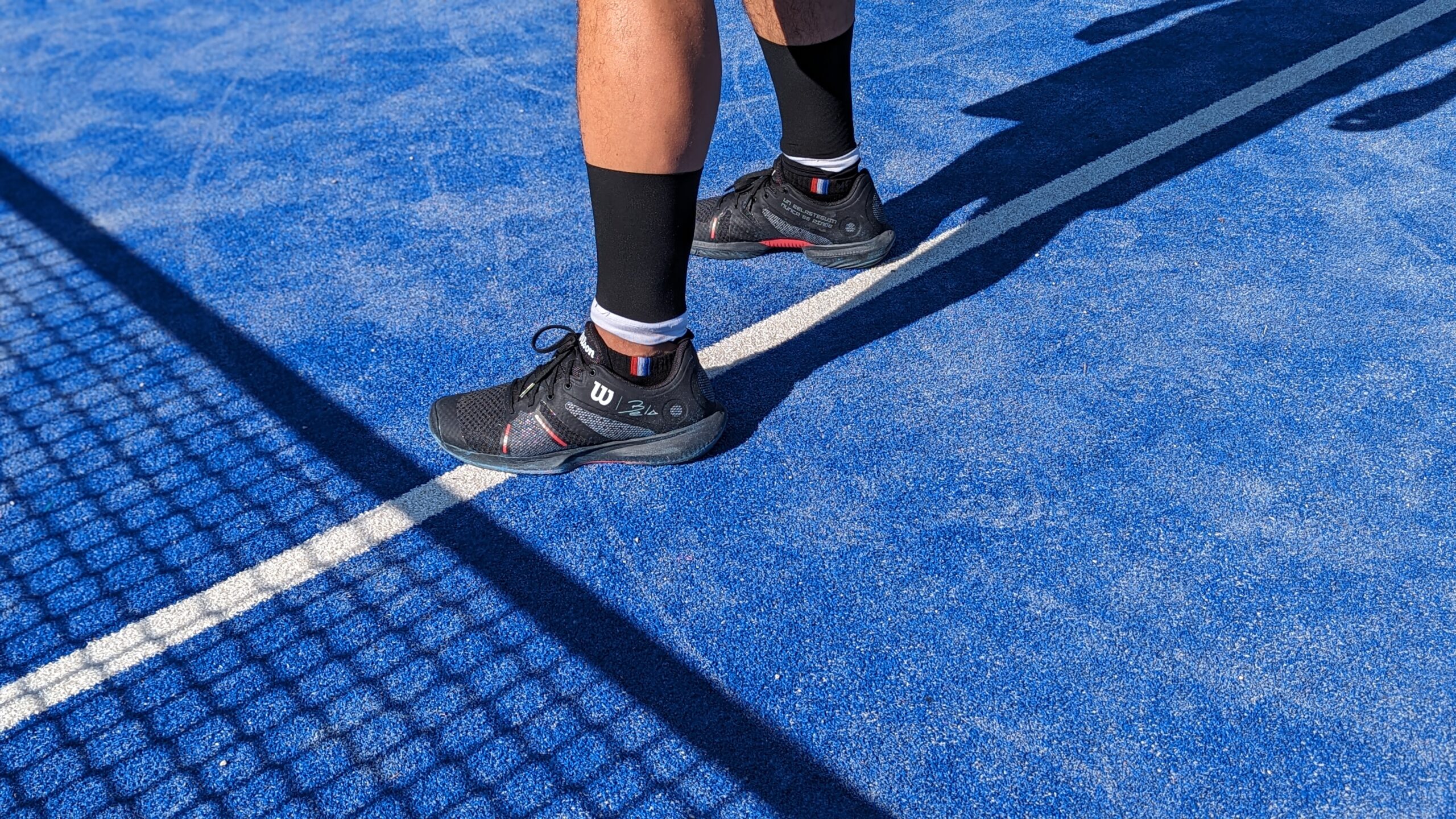 Practical guide to determining your ideal shoe size padel
Practical guide to determining your ideal shoe size padel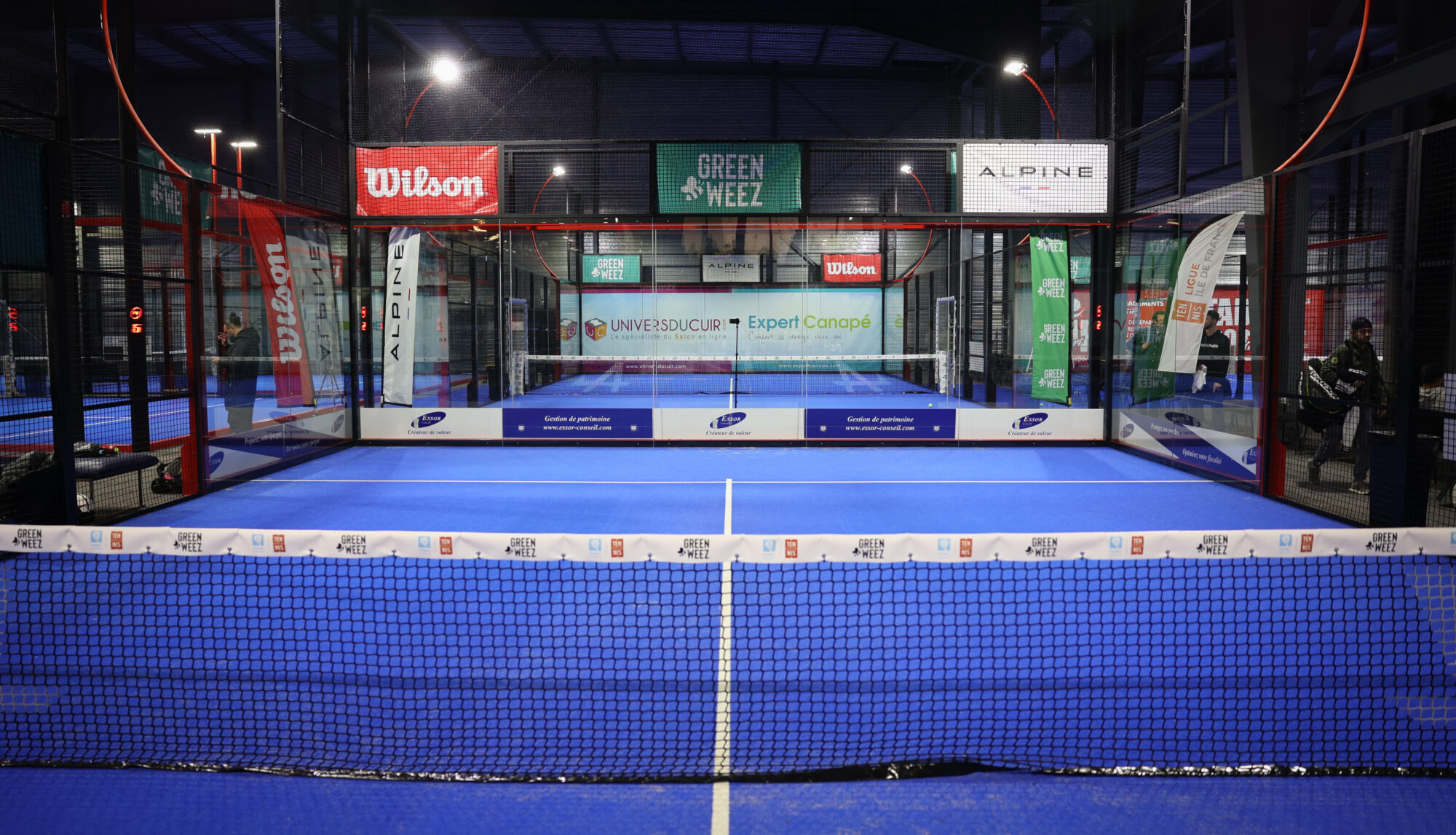 P1000 to P2000: minimum heights and spaces required for slope exits?
P1000 to P2000: minimum heights and spaces required for slope exits? Don't play with a cracked or broken racket, your body will thank you!
Don't play with a cracked or broken racket, your body will thank you! Michel Cymes: “The padel, physically, it’s serious!”
Michel Cymes: “The padel, physically, it’s serious!” Jeremy Gala: “Promote the padel among young people in Belgium remains a challenge”
Jeremy Gala: “Promote the padel among young people in Belgium remains a challenge” The French Touch Academy organizes its selection day Padel-Study
The French Touch Academy organizes its selection day Padel-Study Report on the detection and training of younger generations
Report on the detection and training of younger generations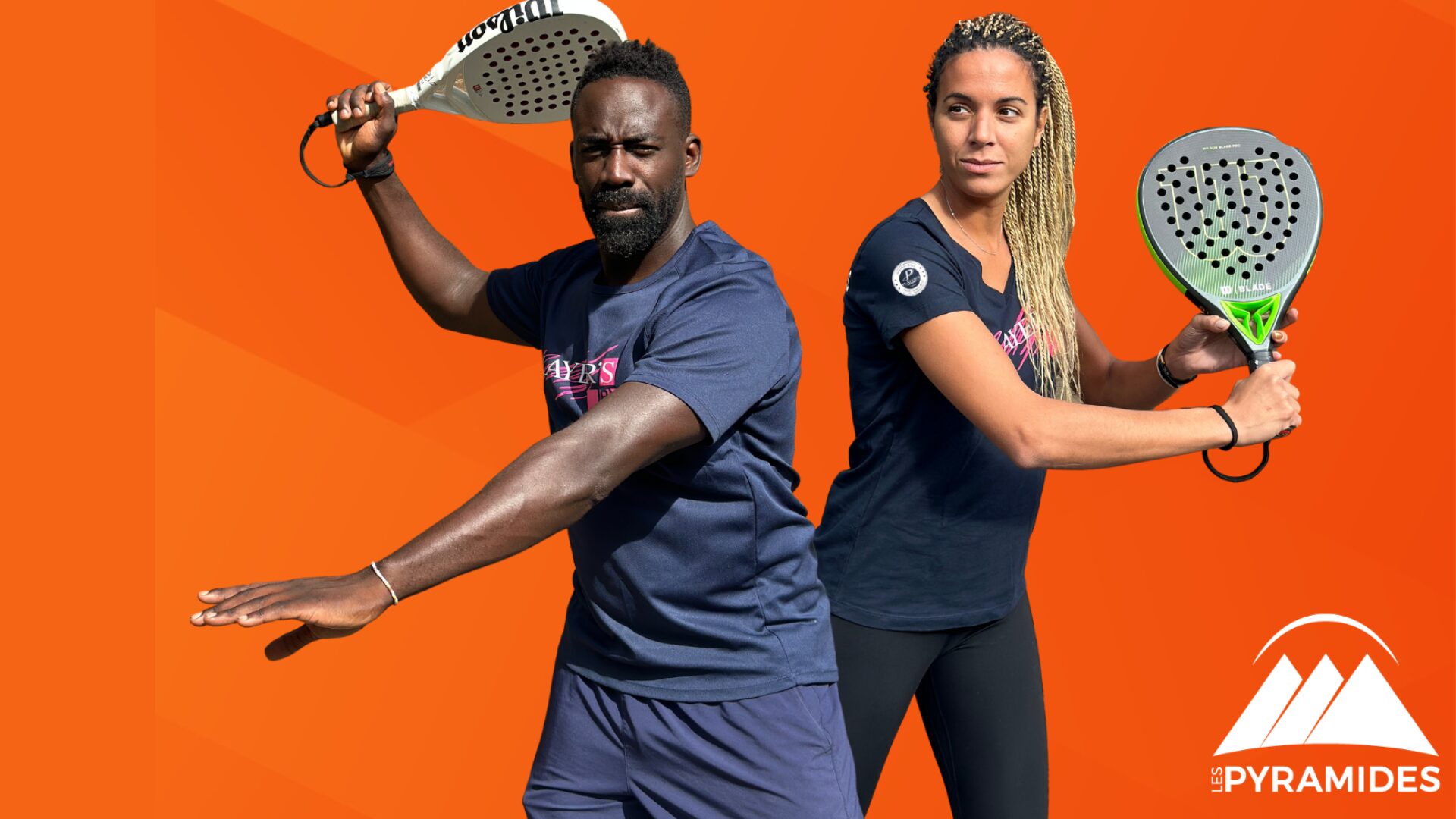 Player's adult courses from April 8 to 21, 2024!
Player's adult courses from April 8 to 21, 2024!